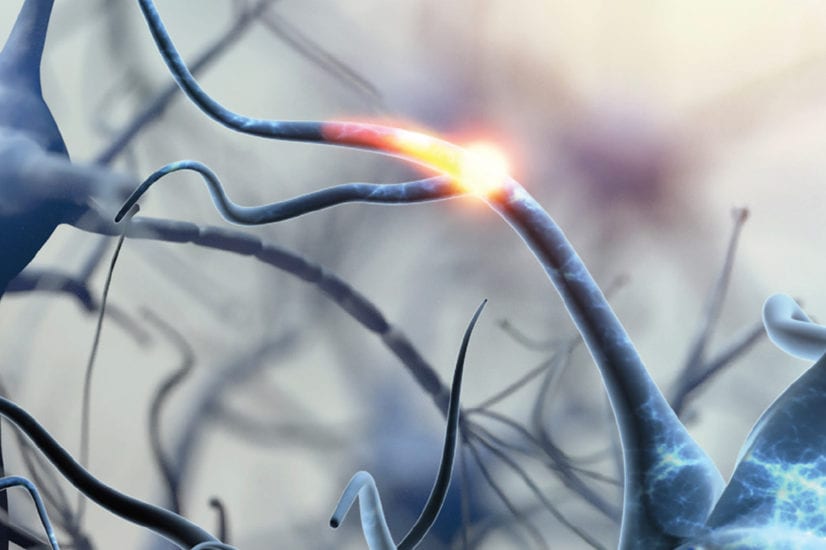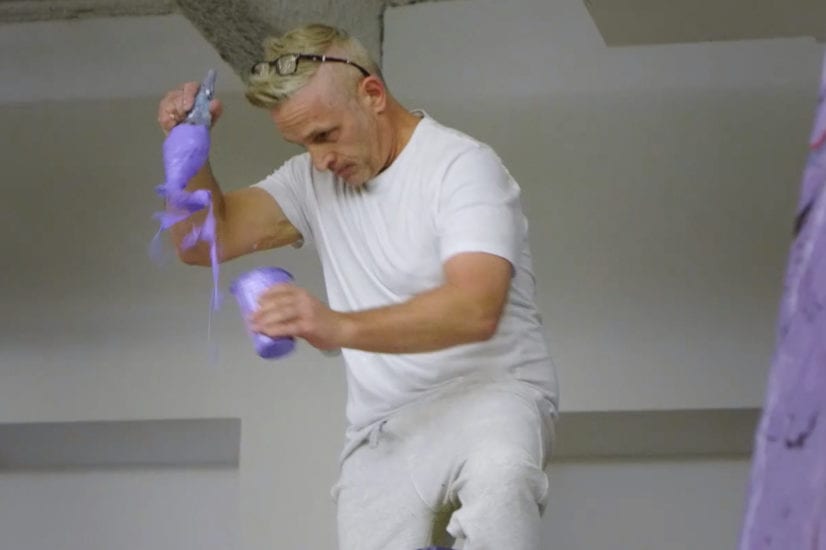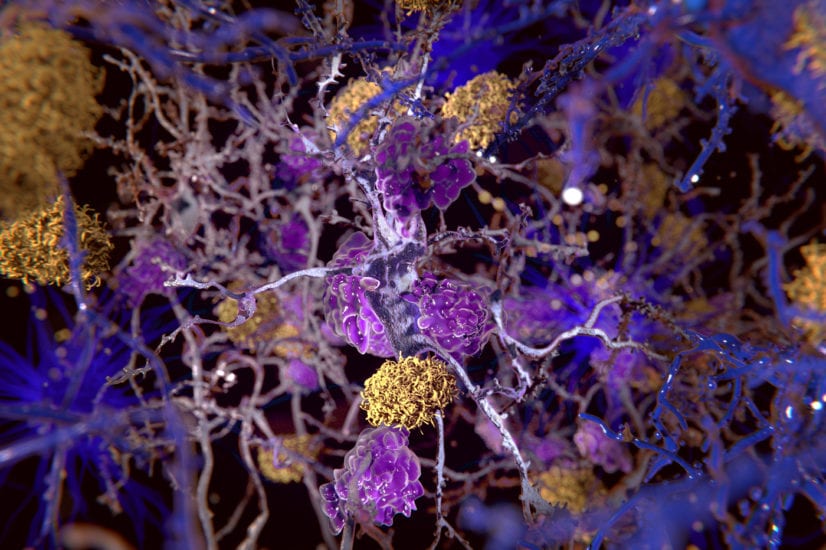In his heyday, Professor Charles K. Kao was a pioneer in the field of fiber optics. In 2009 he was honored with the Nobel Prize in Physics. Today, at age 79, Kao no longer is able to read or speak, because he suffers from Alzheimer’s disease.
As hard as life is for Gwen Kao, his wife for more than 50 years and primary caregiver, she created The Charles K. Kao Foundation in his honor to raise awareness for the disease and educate the public about what can be done.
Early Symptoms
Known as the “father of fiber optics,” Charles Kao’s groundbreaking achievements in global telecommunication paved the way for the age of the Internet. Thirty-five years ago he worked at ITT Corp. and was at the top of his field. “We led a very exciting life then,” explains Gwen Kao. They traveled the world, since ITT Corp. had labs in Paris, the Netherlands, England and the United States. “But even then, when Charles was in his 50s, he used to misplace his keys all the time. Our two children and I used to tease him, saying he was the absent-minded professor.” It wasn’t obvious to Mrs. Kao that anything was wrong at the time—his symptoms were very subtle. “But as Charles got older he would forget where he was going. Once he took the tram the wrong way and got lost.” Then, at their monthly game of mah-jongg with friends, Professor Kao started playing the wrong cards. “My friend who was a nurse said, ‘something’s wrong.’ That’s what started it all,” explains Mrs. Kao.
That was about 10 years ago. “At the time, Alzheimer’s disease in Hong Kong was like cancer was in the early days. People didn’t talk about it. Doctors were unaware of it and ignored it as being just a sign of old age,” Mrs. Kao remarks. Their family doctor sent them to a neurologist, and then to a gerontologist. They both said Charles was “just getting old.” The Kaos decided to go to the United States to get an MRI, because Charles was well known in Hong Kong and the family wanted to keep his health situation private.
“Our son lives in San Francisco, and during a visit to him we made an appointment with a neurologist. He told us that Charles’ hippocampus had shrunk and that there were signs of amyloid plaques on his brain. He didn’t say it was Alzheimer’s, but he did say Charles had a degenerative brain disease,” says Mrs. Kao. A leading doctor in Hong Kong subsequently said Alzheimer’s disease was rare in the Asian population. “How wrong he was,” adds Mrs. Kao.
A decade ago Professor Kao was functioning pretty well, but over the last three years he began getting lost more often. “He wouldn’t know how to get back from his meetings and he would forget what he was buying at the grocery store,” says Mrs. Kao. The family moved to California for a while, where Charles went to day care about three times a week and stayed home with Mrs. Kao on the other days. But it wasn’t easy being a caregiver in the United States because of the high costs.
In 2010, the Kaos moved back to Hong Kong to a fanfare of publicity. “People were very proud to have a Nobel laureate here, but they also became aware of his illness. People would ask, “How can such a brainy person who isn’t poor get Alzheimer’s?” There was so much ignorance around the disease,” she says. Mrs. Kao realized then she could use Charles’ fame to start a foundation to raise awareness for the disease.
The Charles K. Kao Foundation
Today more than 70,000 people in Hong Kong suffer from dementia and that number is expected to grow at a rate of 100 percent every 10 years. By 2036, it is estimated 280,000 people will be showing symptoms. But awareness around Alzheimer’s disease in Hong Kong still is extremely low. The Charles K. Kao Foundation was established in 2010 to educate the general public on the disease and to provide brain health care strategies to help support Alzheimer’s patients, their families and caregivers.
“Today we have facilities in more than 20 locations in Hong Kong run by various NGOs (nongovernment organizations) that provide respite care and training for tackling the problems of Alzheimer’s,” explains Mrs. Kao. “There’s a lot more work to do to create more day care facilities. Exercises in social settings can help to elongate the early stage of this incurable disease. As a result of our efforts, our government is beginning to realize that a bombshell is coming and is thinking more about how to care for the elderly, since the life expectancy has increased so much.”
Caregiving
 “Unless you’ve been a caregiver, people find it very hard to understand how much of an emotional toll it takes on you,” explains Mrs. Kao. “You lose the companionship of the person you’re caring for. He’s unable to entertain himself. He can’t enjoy TV or read the newspaper. But if you look at Charles, you wouldn’t think there was anything wrong. He is 79, but he looks like a 40-year-old. At least a cancer patient can tell you if he’s hot or cold. He’s still there as a person. But Charles has now forgotten how to do many of the tasks he used to do with his eyes shut. Someone has to be with him all the time.”
“Unless you’ve been a caregiver, people find it very hard to understand how much of an emotional toll it takes on you,” explains Mrs. Kao. “You lose the companionship of the person you’re caring for. He’s unable to entertain himself. He can’t enjoy TV or read the newspaper. But if you look at Charles, you wouldn’t think there was anything wrong. He is 79, but he looks like a 40-year-old. At least a cancer patient can tell you if he’s hot or cold. He’s still there as a person. But Charles has now forgotten how to do many of the tasks he used to do with his eyes shut. Someone has to be with him all the time.”
Cure Alzheimer’s Fund
“Over the years, Charles won many prizes and we felt like that money was money from Heaven, so we put it into the Fidelity Charitable Fund. Last year I discovered Cure Alzheimer’s Fund and it said that all of its funds were used for research. So I took that money from Heaven and put it where it was needed—toward research and a cure,” says Mrs. Kao.
We are grateful for the Kaos’ generous contribution to our cause and for helping to raise awareness for the disease
around the world. To learn more about the Charles K. Kao Foundation, visit www.charleskaofoundation.org.
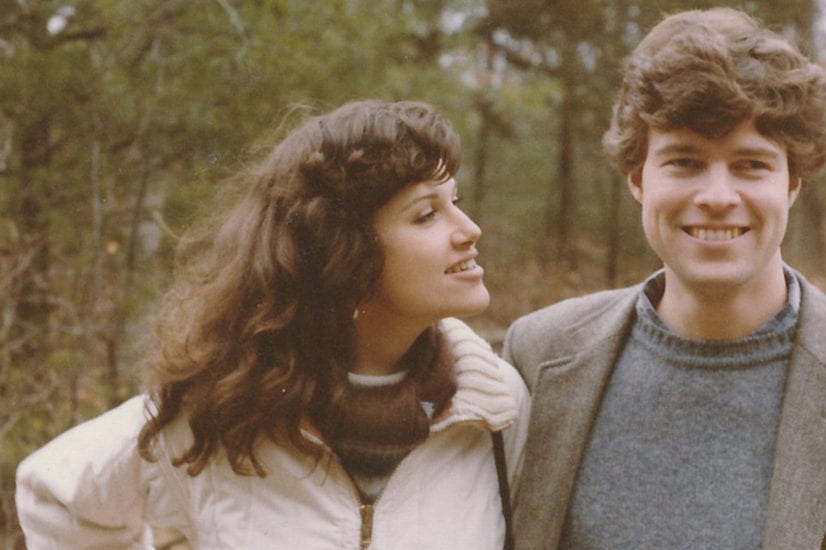


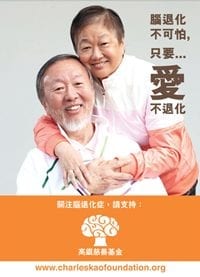
 “Unless you’ve been a caregiver, people find it very hard to understand how much of an emotional toll it takes on you,” explains Mrs. Kao. “You lose the companionship of the person you’re caring for. He’s unable to entertain himself. He can’t enjoy TV or read the newspaper. But if you look at Charles, you wouldn’t think there was anything wrong. He is 79, but he looks like a 40-year-old. At least a cancer patient can tell you if he’s hot or cold. He’s still there as a person. But Charles has now forgotten how to do many of the tasks he used to do with his eyes shut. Someone has to be with him all the time.”
“Unless you’ve been a caregiver, people find it very hard to understand how much of an emotional toll it takes on you,” explains Mrs. Kao. “You lose the companionship of the person you’re caring for. He’s unable to entertain himself. He can’t enjoy TV or read the newspaper. But if you look at Charles, you wouldn’t think there was anything wrong. He is 79, but he looks like a 40-year-old. At least a cancer patient can tell you if he’s hot or cold. He’s still there as a person. But Charles has now forgotten how to do many of the tasks he used to do with his eyes shut. Someone has to be with him all the time.”